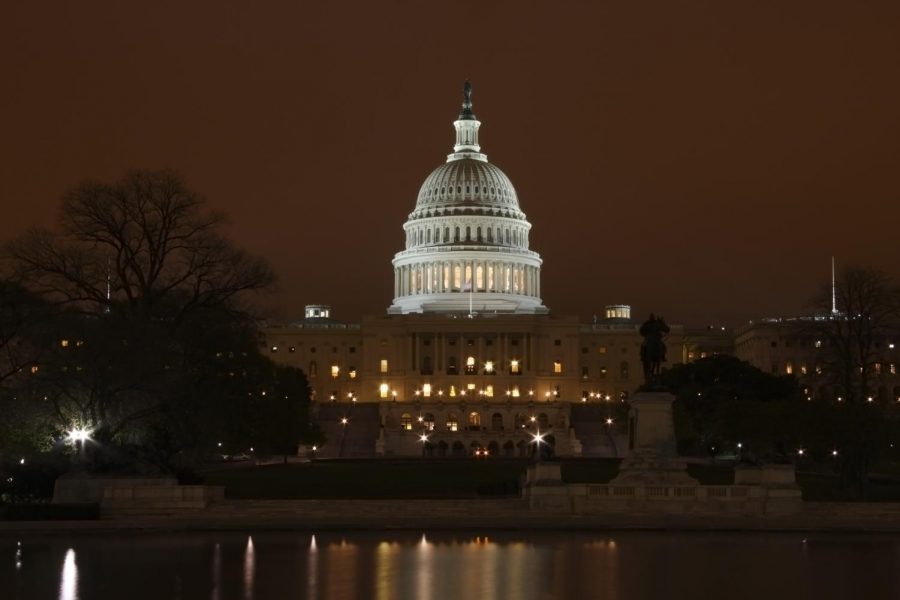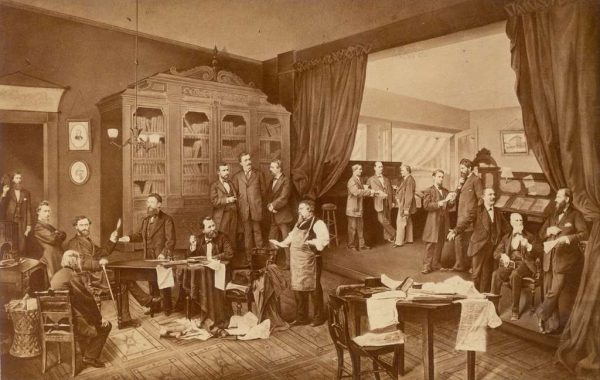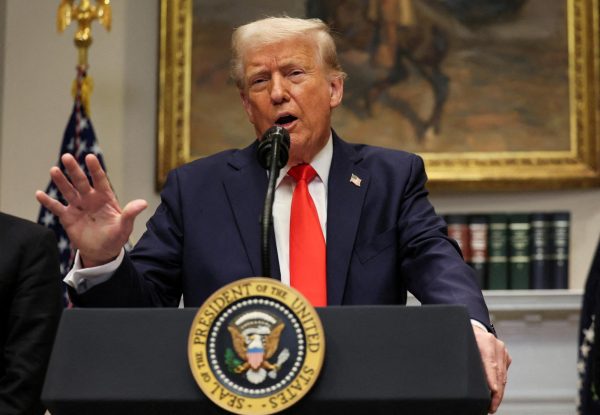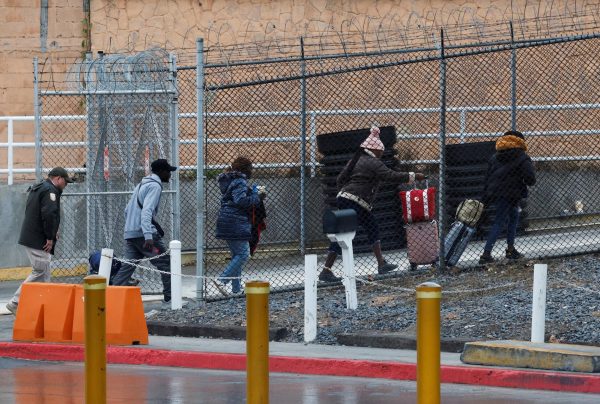The United States Senate Explained
Washington DC at Night
The United States Senate calls itself the “world’s greatest deliberative body,” but is that still the case? The United States Senate is one of the two legislative bodies that make up the United States Congress. The Senate is a select group of 100 members who not only introduce and vote on laws, but also confirm the president’s cabinet, try impeachment, confirm federal judges, and approve entry into treaties and international groups.
So, what is the Senate? What is wrong with it, and how can we fix it?
The United States Senate has been called by scholars the worst idea in the constitution. Freed Zakarian, the former editor of Foreign Affairs Magazine, said: “The Senate is the most unrepresentative upper house in the world with the sole exception of the British House of Lords, which is powerless.”
The issues in the Senate date back to the Connecticut compromise of 1787, when in order to appease the smaller colonies to join the Union, the constitutional framers decided to make every state have two senators no matter the population. The reason behind this is that the Founding Fathers feared “big government” and wanted the federal government to be weak and the states to be strong enough to topple a federal government that could eventually take away the rights of the people.
The Senate is composed of two senators per state, which gives Wyoming one Senator per 250,000 constituents, while California gets one Senator per twenty million constituents. This inequality has more implications than just bills.
The Senate also has the power to confirm the President’s cabinet, investigatory powers, impeachment powers, and judge approval power for federal courts and the Supreme Court. There is also a demographic issue. 25 percent of the United States population lives within just three states and has just six senators. The seventeen least populated states make up just nine percent of the population while having thirty-four senators.
There are also political representation issues, giving the Republican Party an edge over the Democratic Party. In the United States, we have a two-party system: the Democratic Party and the Republican Party. Within the one hundred fifteenth congress, the Democrats controlled twenty-five Senate seats in the thirty smallest states, while Republicans controlled thirty-five seats in the thirty smallest states.
Another way to put this is that in the one hundred and fifteenth Congress, the Republican 51-seat majority represented 143 million Americans, while the Democrats 49-seat minority represented 182 million Americans.
That is a 40 million person difference.
In the less populated states, they are almost entirely Republican-held and in the smaller states in the east, the Democrats have much more of a hold. When nominating Supreme Court justices, Wyoming and Montana have one hundred times more of a say by population than California, New York, and Florida. The District of Columbia and Puerto Rico both have larger populations than many of the other states but still have not been granted statehood and equal representation in congress.
There are also economic issues.
California is now the fifth-largest economy on Earth. The economy of California is worth around 3.2 trillion dollars while the economy of Wyoming is just 38 billion dollars, and yet they have equal say in financial issues that affect the nation as a whole.
This can give the less populated states much more of a say in bills that directly affect the economy of states like New York or California, specifically right now when the Senate has failed to pass a COVID stimulus bill.
Another reason for this is the Senate rule known as the filibuster. The filibuster is a part of Senate procedure that previously allowed Senators to talk as much as they wanted to hold up a vote on a bill. Though over time the rule has evolved so now just 40 Senators can vote against a bill to prevent it from passing, the procedure makes any sort of important bipartisan bills nearly impossible to pass especially during this age of increased political partisanship.
Alan Weisberg, former assistant district attorney for the Southern District of Florida, notes the increase in political partisanship specifically when it comes to confirming federal judges. He said, “They (Senate Republicans) have become very effective and nominating more and more judges who are younger and younger, for the purpose that they will serve for a long time.”
The Republicans in the Senate have used their constitutionally granted advantages to confirm more and more judges to federal courts whose opinions will shape the future of American jurisprudence.
Quite frankly, not much can be done to remedy the issues in the Senate. One way would be to pass constitutional amendments, but it is very unlikely that any of them would pass the House, Senate, and then make ratification by 38 states.
The easiest thing would be to first abolish the filibuster in the Senate, requiring just a simple majority for bills to pass, and then to make DC and Puerto Rico states needing just majorities in the House and Senate states thereby granting political respiration to two historically underserved populations and thereby helping even out the political representation in the Senate.
The United States Senate no longer is the greatest deliberative body, but with some changes, it may be able to once again hold that lofty title.
A $50 or more donation includes a subscription to the Clayton High School Globe 2024-2025 print news magazine.
We will mail a copy of our issues to the recipients of your choice.
Your donation helps preserve the tangible experience of print journalism, ensuring that student voices reach our community and that student democracy thrives.

Alex Slen is a senior at CHS and is in his third year on the Globe staff. He is on the varsity cross country team, The Vice President of Competition for DECA, a STUCO member, the...








